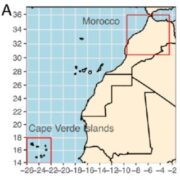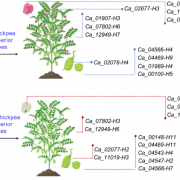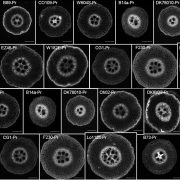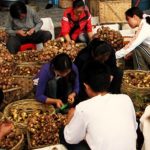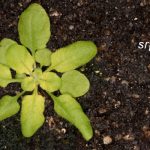Review: Root plasticity under abiotic stress (Plant Physiol.)
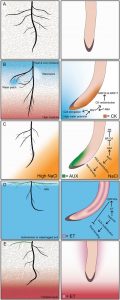 For millennia, humans have selected desirable traits in the above-ground part of plants, but below-ground traits have been only indirectly selected for. Thus, roots are ripe for optimization, and hold particular promise in efforts to make crops more resilient and efficient. This Update, by Karlova et al., describe our current understanding of the molecular basis for root responses to too little water, gradients of salt or impermeability, or oxygen deprivation. These mechanisms draw on a suite of well-described hormone pathways, and affect various aspects of root-system architecture including primary root arrest, elongation, or bending; lateral root initiation and angle and rate of outgrowth; root hair growth; as well as anatomical changes such as the formation of air channels (aerenchyma) or barrier formation through suberinization. Although we are beginning to tease apart root responses to single abiotic stresses, the question of how they cope with multiple stresses is still unanswered. (Summary by Mary Williams @PlantTeaching) Plant Physiol. 10.1093/plphys/kia
For millennia, humans have selected desirable traits in the above-ground part of plants, but below-ground traits have been only indirectly selected for. Thus, roots are ripe for optimization, and hold particular promise in efforts to make crops more resilient and efficient. This Update, by Karlova et al., describe our current understanding of the molecular basis for root responses to too little water, gradients of salt or impermeability, or oxygen deprivation. These mechanisms draw on a suite of well-described hormone pathways, and affect various aspects of root-system architecture including primary root arrest, elongation, or bending; lateral root initiation and angle and rate of outgrowth; root hair growth; as well as anatomical changes such as the formation of air channels (aerenchyma) or barrier formation through suberinization. Although we are beginning to tease apart root responses to single abiotic stresses, the question of how they cope with multiple stresses is still unanswered. (Summary by Mary Williams @PlantTeaching) Plant Physiol. 10.1093/plphys/kia


